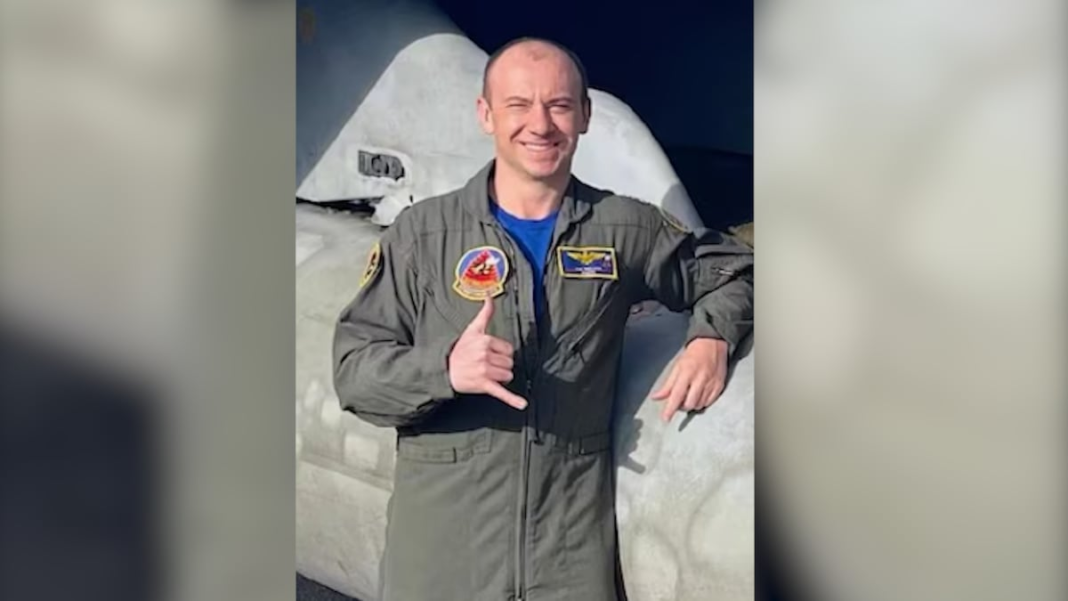Lt. Richard “Max” Bullock took the last flight of his life on June 3, 2022, when his F/A-18E Super Hornet launched from Naval Air Station Lemoore and commenced training near California’s Death Valley National Park.
That afternoon, the 29-year-old executed air-to-ground strafe and slow-speed basic maneuvers when he is believed to have suffered a bout of gravity-induced loss of consciousness, or GLOC, a condition where a pilot goes unconscious due to a lack of blood flow to the brain, according to an internal investigation obtained by Navy Times.
Bullock was “incapacitated” when his jet quickly descended from 7,300 feet and crashed near Trona at 2:07 p.m. local time. His ejection seat was properly installed and the investigation found that Bullock did not attempt to initiate an ejection.
“Due to the relatively low altitude that this maneuver was executed, the pilot did not have enough time to regain consciousness before impacting the ground,” the investigation states.
Now, two-and-a-half years after the young aviator’s death, questions have emerged about why a system that keeps a jet airborne if a pilot loses consciousness was never installed in Navy Super Hornets, and if such a system might have prevented Bullock’s death.
The system is known as Automatic Ground Collision Avoidance System, or Auto-GCAS, and it’s designed to temporarily take control of a jet for short periods of time if the pilot blacks out or gets distracted, military aviators who reviewed the Bullock investigation told Navy Times.
RELATED
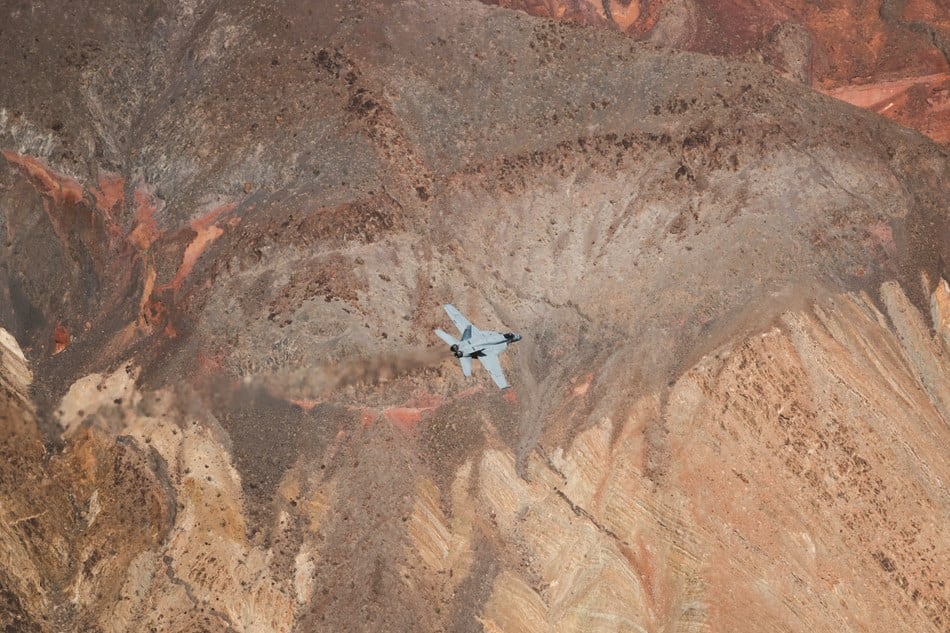
But for reasons the Navy has declined to explain, Auto-GCAS has not been installed in the sea service’s Super Hornet fleet.
The Air Force installed Auto-GCAS on its F-16 and F-22 fighter jets, and credits the system with saving the lives of 16 aviators since 2014.
The Marine Corps’ legacy Hornets are also slated to receive Auto-GCAS next year, according to Naval Air Forces, and the software is already installed on all F-35 jets, according to that platform’s Joint Program Office.
Despite repeated queries by Navy Times, the Navy has refused to explain why Auto-GCAS is not in Super Hornets, or whether the service believes a lack of Auto-GCAS played a role in Bullock’s death.
Auto-GCAS “remains an area that the team continually assesses during safety review boards and provides annual updates to the fleet, as safety is our number one priority,” Naval Air Forces spokesperson Cmdr. Beth Teach said in an email to Navy Times.
The Naval Safety Command, which conducts its own investigations into such mishaps, declined to say whether its investigation found a lack of Auto-GCAS to have been a factor in Bullock’s death.
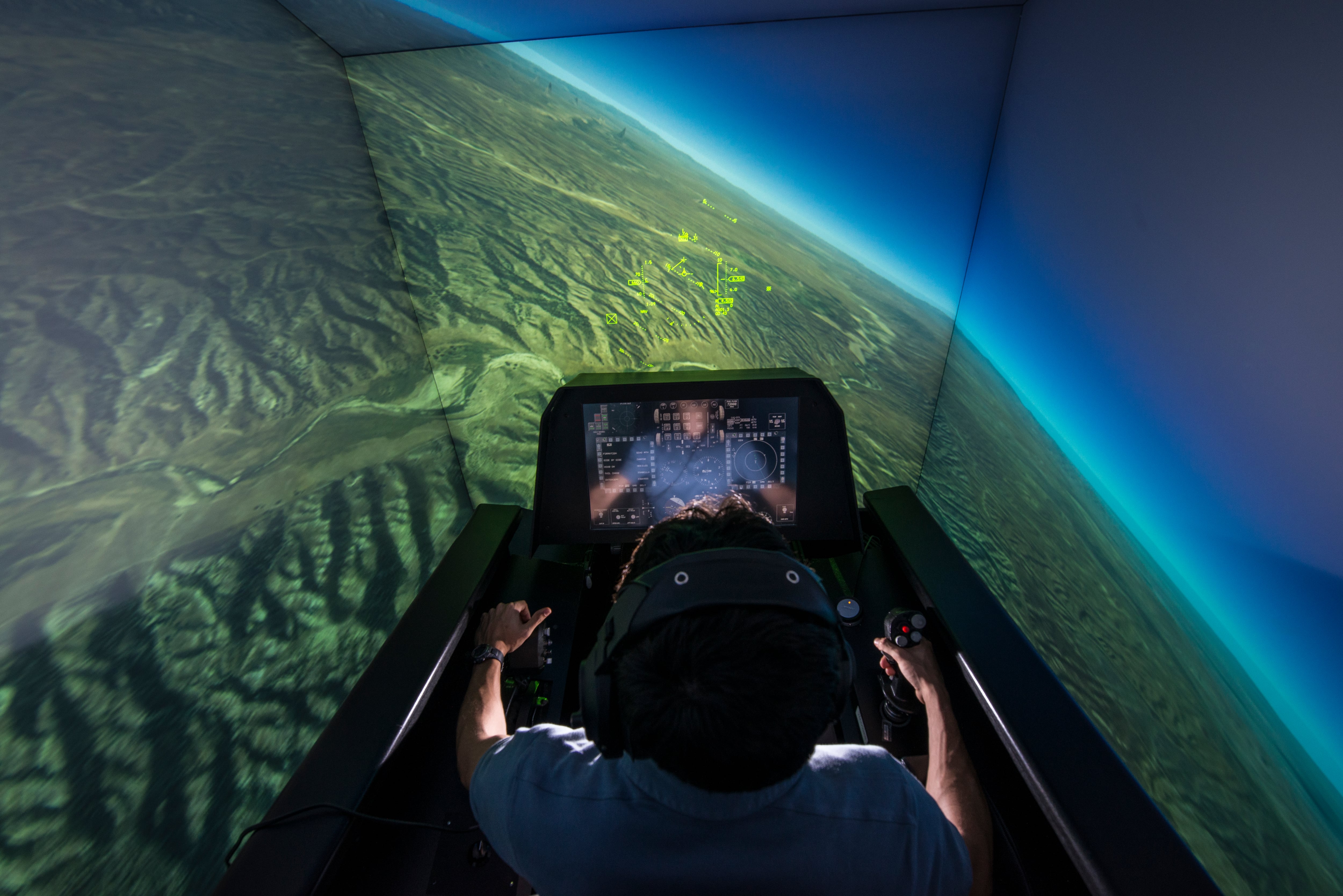
While the Navy remains mum to such questions, some aviators with direct Auto-GCAS experience believe the system would have prevented Bullock’s fatal crash.
Lt. Col. Billie Flynn is a retired pilot with the Royal Canadian Air Force.
Flynn also served as a test pilot with Lockheed Martin who flew with the U.S. Navy, Marine Corps and Air Force, and has tested out three different Auto-GCAS systems.
After reviewing the Bullock crash investigation, Flynn unequivocally stated that Bullock would still be alive if Auto-GCAS was installed in his aircraft.
“Auto-GCAS would have saved Lt. Bullock, period,” Flynn told Navy Times.
He isn’t the only member of the aviator community to reach that conclusion. An active duty Air Force aviator familiar with Auto-GCAS who reviewed the investigation and was granted anonymity also told Navy Times that he believes the technology would have saved Bullock’s life.
“What’s the price of a very talented young naval aviator?” Flynn said. “I would submit there is no price for that. You can’t replace Lt. Bullock, and how do you explain to his parents, his family, that you could have implemented this at some point and chose not to, because it wasn’t a value to Navy leadership. I don’t think you can answer that question.”
‘Instantaneous G’
To decrease the likelihood of suffering GLOC, pilots undergo specific centrifuge training to better equip their bodies to tolerate strong G-forces.
But pilots still carry risks with them in the cockpit, and Auto-GCAS helps mitigate that risk, according to Flynn.
“In a Super Hornet, the instantaneous G is so sudden that if you are not perfectly prepared, then your body might not be ready for the G that you’re about to experience, and that historically, has contributed to pilots blacking themselves out,” he said.
Pilots typically regain “useful consciousness” between 45-60 seconds after blacking out, according to Flynn.
Flynn said he thinks the Navy and NAVAIR understand the benefits of Auto-GCAS, but have opted to not spend the money and time installing the system in the Super Hornet fleet because “it’s never been important enough for Navy leaders.”
RELATED
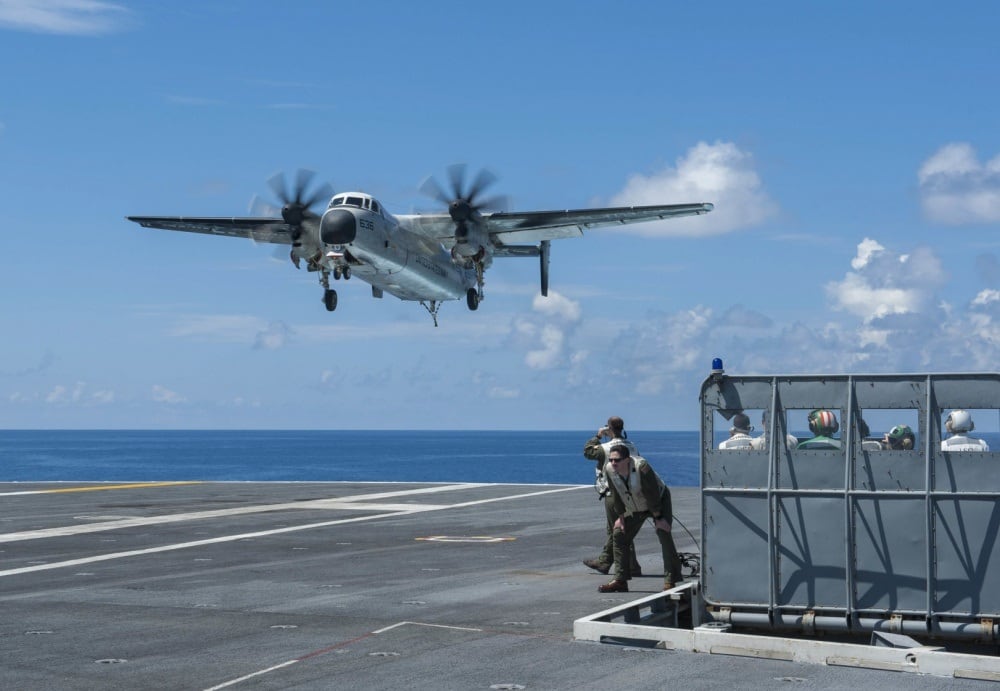
“Navy leadership, including the leadership at NAVAIR, have all been briefed and are keenly aware of the capabilities that Auto-GCAS brings and the potential to save aircraft and lives,” Flynn said.
Flynn added that GLOC isn’t as common now as it once was in aviators due to advancements in training and ensuring G-suits fit properly, and therefore, leadership isn’t as inclined to believe installing the technology is worth the effort.
Teach, of Naval Air Forces, told Navy Times that no other naval aviators have suffered injury or death due to GLOC-related incidents in the past five years, according to the service’s Risk Management Information mishap reporting system.
‘Max was genuine’
Assigned to Strike Fighter Squadron 113 at the time, Bullock was remembered as a young man who “packed more into 29 years than most could ever imagine.”
“When asked how he would want to be celebrated, Lt. TJ Hall, Max’s wingman, said, ‘Fast, loud and awesome!’” Bullock’s obituary states. “While he’ll be celebrated this way, he’ll be remembered as generous beyond belief, a genuine friend, passionate and relentlessly positive, and fearless.”
Bullock’s parents, Bill and Robin Bullock, said their son described himself as a “possibilitarian” who believed anything was possible, and loved his country and fellow service members deeply. They said the family honors his memory by thinking about what he would do when making choices in life now.
“Whenever we would question whether or not we should do something or to go forward with it, one of the kids, or one of the parents says, ‘You know, what would Max do?’ And the automatic answer is, he would go for it. He would try it, he would be the first one to be in line to do something, and reach out to help others,” Robin Bullock told Navy Times.
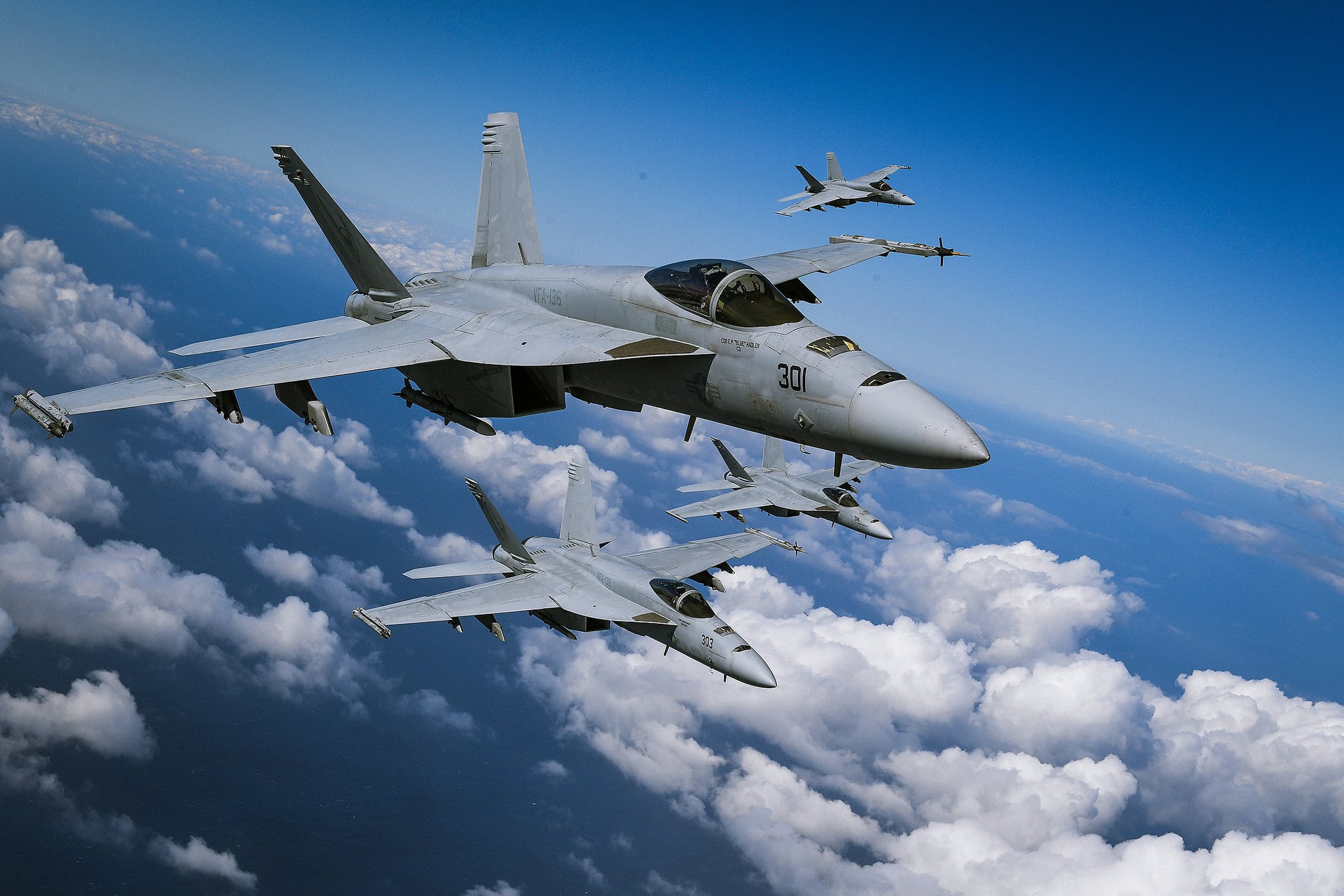
Bullock conducted a “thorough brief” prior to take off on the day of his death, outlining the training rules for basic fighter maneuvers, air-to-ground strafe and low-level training.
The investigation also found that Bullock was prepared for the mission, and that human factors did not play a role in the mishap.
RELATED
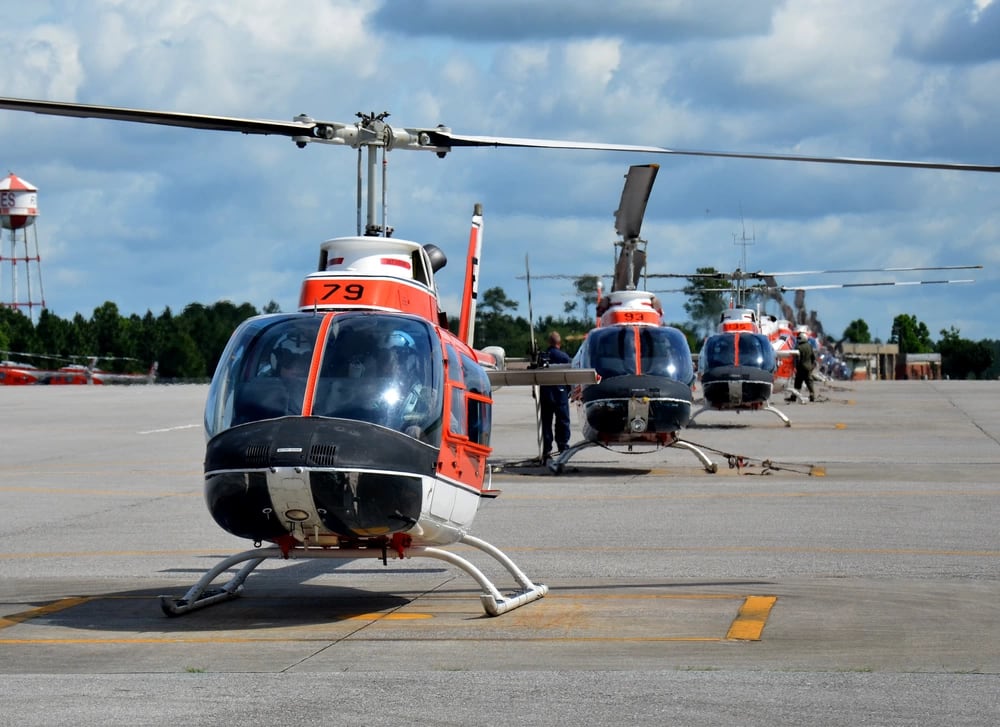
It determined the aircraft safe for flight and that no malfunctions occurred, and that environmental factors such as weather did not contribute to the mishap.
The case did not warrant any disciplinary action within the squadron, and the investigation determined the squadron’s command climate didn’t factor into the mishap.
Specifically, the report said that no one interviewed for the investigation voiced knowledge of procedure violations, rule-breaking or flat-hatting by any members of the squadron — Bullock included.
Flat-hatting is the practice of conducting maneuvers at low altitude or high speed “for thrill purposes,” according to the Federal Aviation Administration.
“I have directed that the findings of this investigation will be widely shared with all units under my cognizance to underscore the unforgiving and inherently dangerous nature of naval aviation, which requires the finest sense of judgment and control,” a command endorsement of the investigation states.
Bullock’s obituary recalls him as someone who would “start every day with the intent on figuring out how to make the world a better place.”
“Max was genuine. He would strike up a conversation and build a friendship with everyone crossing his path; he would listen with interest and appreciation to any story,” Bullock’s obituary said. “He gave the gift of long-term friendship openly and without reservation.”

